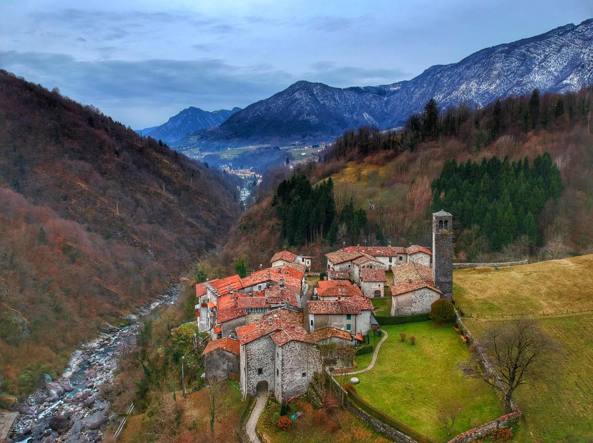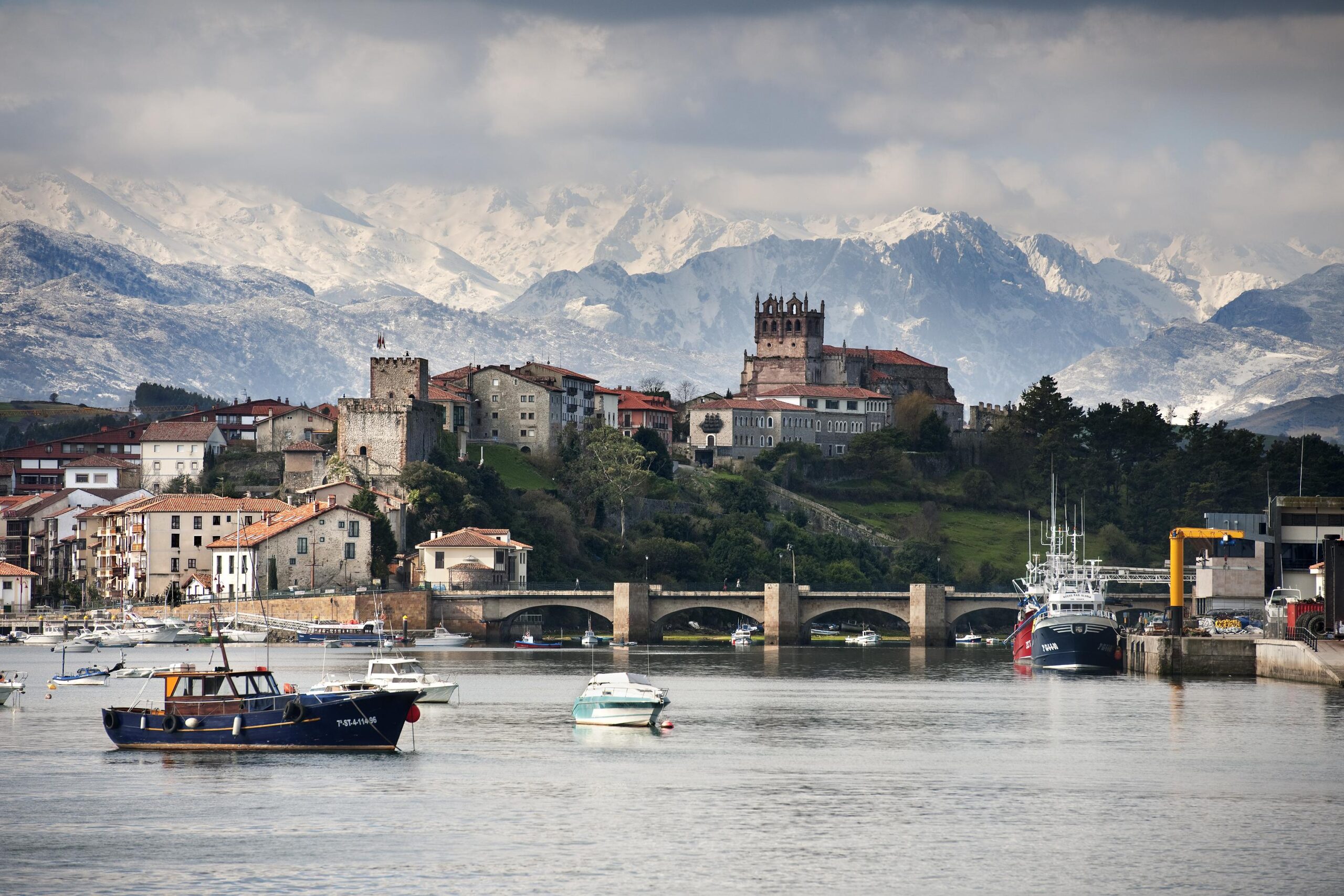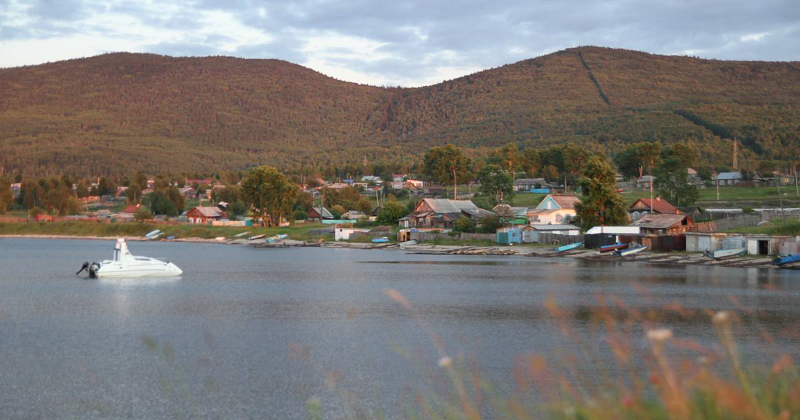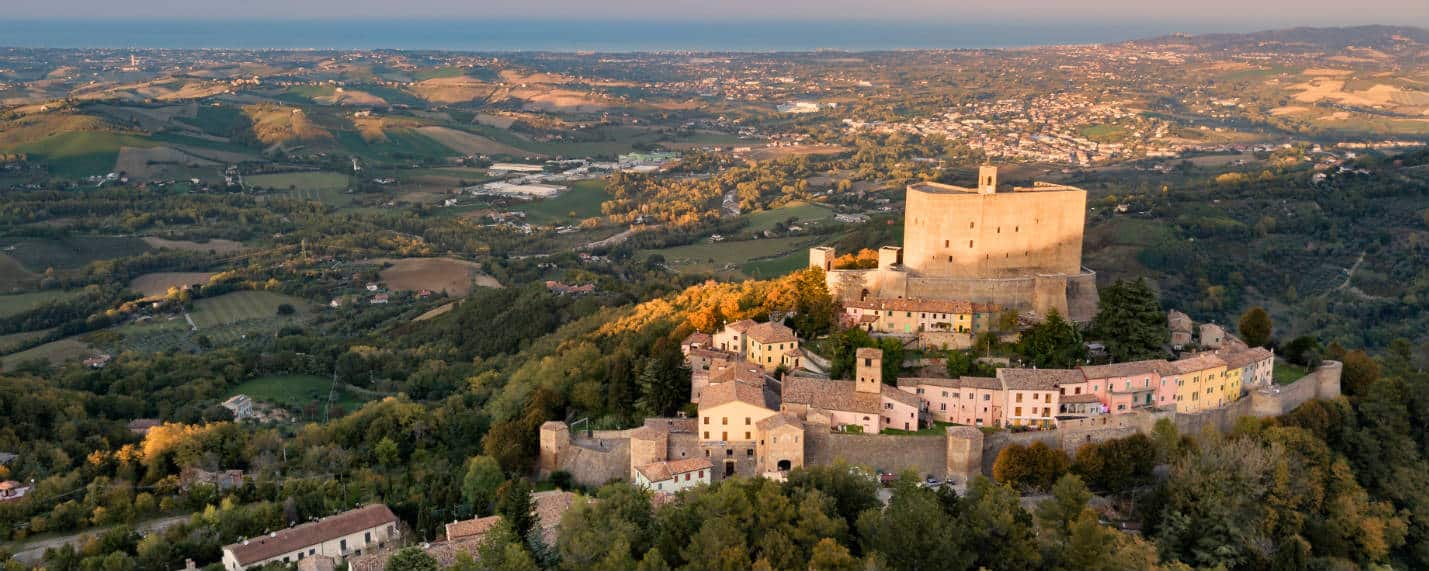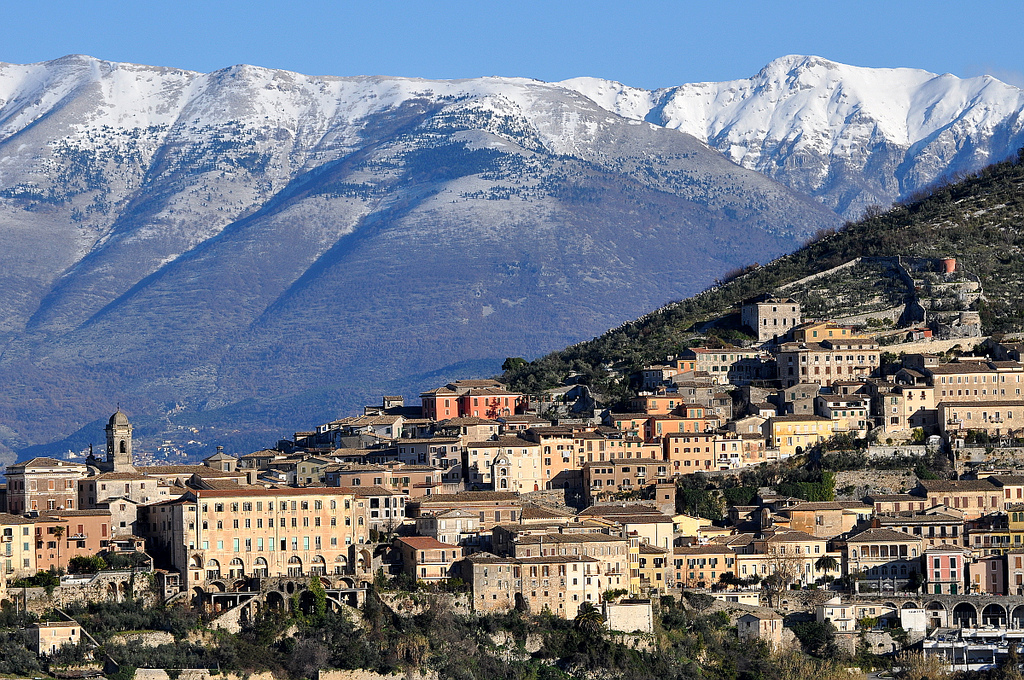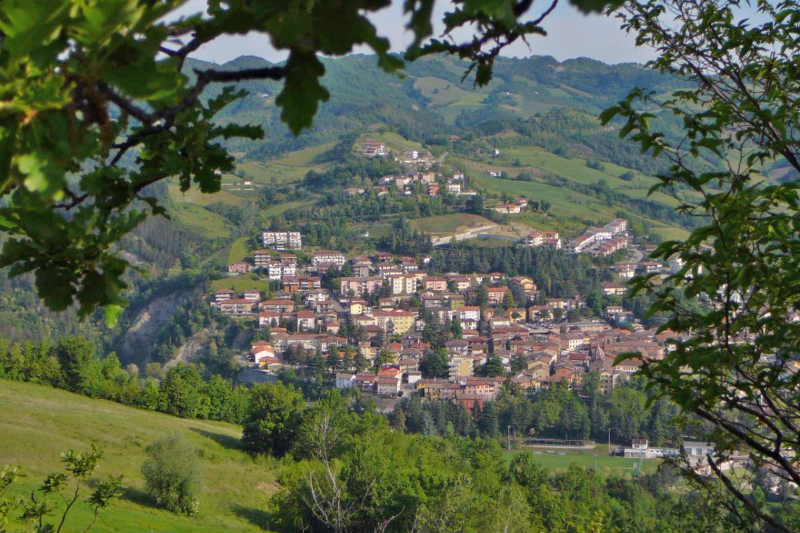Camerata Cornello, a small village in Val Brembana, is the birthplace of the European postal system. The museum and the historical center, even if very small, are worth a visit.
The name Camerata Cornello, derives from camerata = house, dwelling and Cornello = rock, cliff (from the bergamasco CORNEL). The country is constituted by a series of nuclei of ancient taste distributed on the right bank of the Brembo, from the bottom of the valley up to the slopes of the Venturosa mountain. One of these villages is Cornello, known for being the birthplace of the Tasso family of postmen and men of letters. Among them we remember BERNARDO, father of the most famous TORQUATO, immortal author of the Gerusalemme Liberata. Already in the eleventh century the Tasso family organized a "service of social and mercantile correspondence" in the Republic of Venice. From 1460 to 1539 the Tasso family was able to obtain the management of the postal service of the Papal State, while Maximilian I of Habsburg contracted the brothers Francis and Jannetto de Tassis the first postal connections in the Tyrol [4]. In the course of the centuries and until 1866 the family Tasso, and in particular the German branch Thurn und Taxis, played a fundamental role in the diffusion of the postal system in Europe.
Once the village was at the center of trade that took place with the Valtellina along the Via Mercatorum and was home to an important market. Towards the end of the 16th century its fortunes began to decline following the construction of the new road along the valley floor, the Priula, which did not touch Cornello, which thus remained rather isolated, losing the important function of connection between the middle and upper valley that it had played up to that moment. The secular isolation favoured the preservation of the original urban fabric which is characterized by the overlapping of four different building plans. In the lower part a series of constructions overhanging the Brembo are aligned, which highlight the original fortification characteristic of the village. Above them runs the monumental porticoed street surmounted by stone arches, covered by a ceiling in wooden beams and paved in cobblestones. Under the arcade, the entrances to the buildings on the lower floor open towards the valley and the shops and stables, which were the commercial heart of the town during the period of greatest development, face uphill. On the third floor, somewhat more open and diversified, there are the buildings destined for habitation, some of which are of a certain architectural interest.
